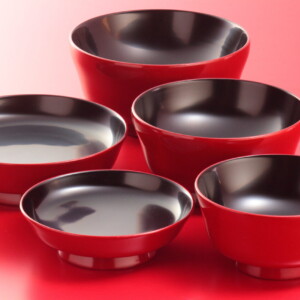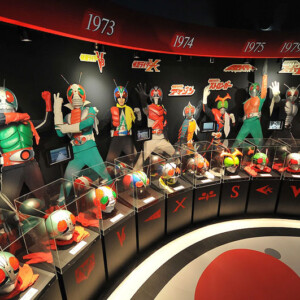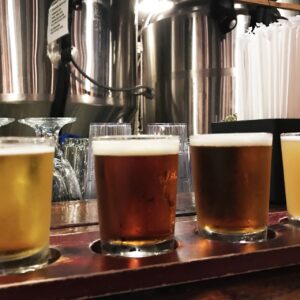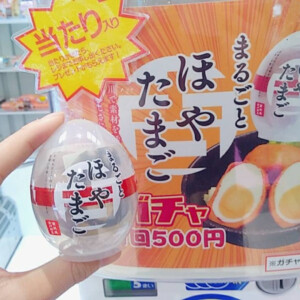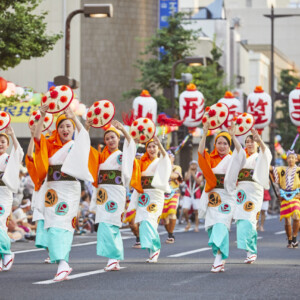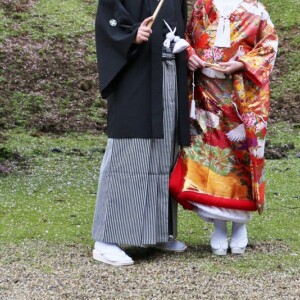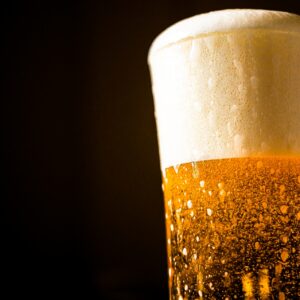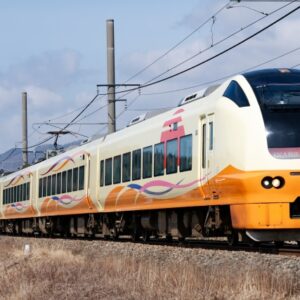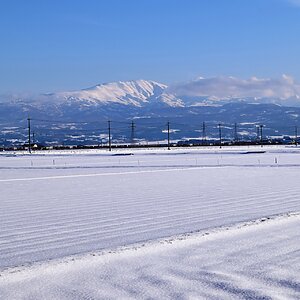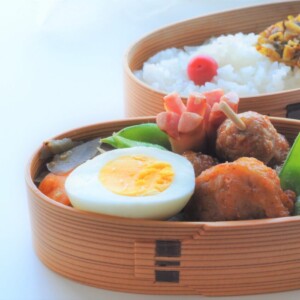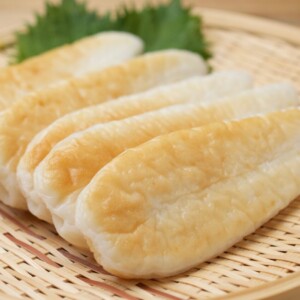
Zao Takayu Kokeshi – Traditional kokeshi developed in Zao Onsen, drawing on the traditions of Tsuchiyu and Togatta [Yamagata Prefecture]
table of contents
Kokeshi dolls are one of the traditional crafts representing the Tohoku region .
It is a craft that has spread over a fairly wide area, with at least one unique lineage existing in every prefecture in Tohoku.
we will take a closer look at Zao Takayu Kokeshi, which developed around Zao Onsen in Yamagata Prefecture
What is Kokeshi?
Kokeshi dolls are made by craftsmen called kijishi who lived mainly in mountain villages and 's wheel to make bowls and trays for a living. It is a wooden toy that was made to be sold as a souvenir to tourists in hot spring resorts.
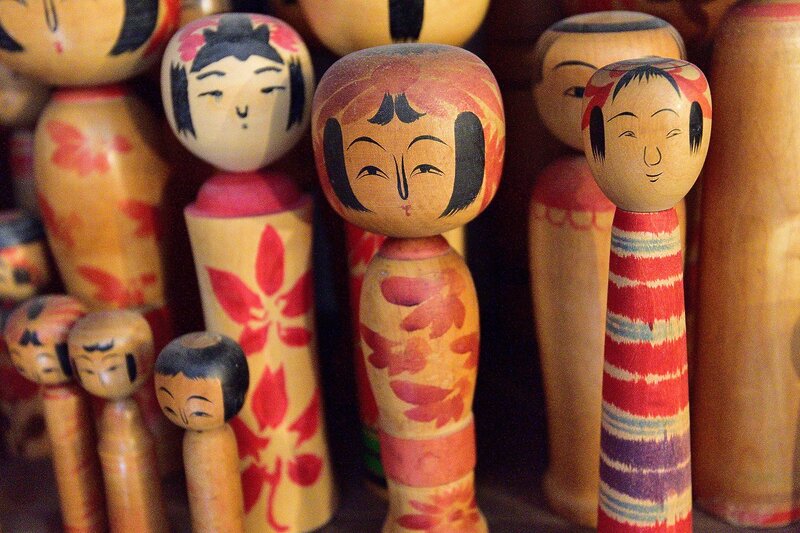
It is said to have originated around the end of the Edo period, and is generally divided into the following 12 strains based on production area and characteristics.
- Tsugaru type (around Hirosaki City and Kuroishi City, Aomori Prefecture)
- Southern type (around Hanamaki City, Iwate Prefecture)
- Kiji Mountain Range (around Yuzawa City, Akita Prefecture)
- Naruko type (around Naruko Onsen, Osaki City, Miyagi Prefecture)
- Sakunami system (around Sakunami Onsen, Sendai City, Miyagi Prefecture)
- Togatta system (around Togatta Onsen, Zao Town, Katta District, Miyagi Prefecture)
- Yajiro type (around Kamasaki Onsen, Shiroishi City, Miyagi Prefecture)
- Hijiori series (around Hijiori Onsen, Okura Village, Mogami District, Yamagata Prefecture)
- Yamagata series (around Yamagata City, Yamagata Prefecture)
- Zao Takayu system (around Zao Onsen, Yamagata City, Yamagata Prefecture)
- Tsuchiyu system (around Tsuchiyu Onsen, Fukushima City, Fukushima Prefecture)
- Nakanosawa series (around Nakanosawa Onsen, Inawashiro-cho, Yama-gun, Fukushima Prefecture)
Various names and their origins
Kokeshi dolls have many other names, including , Dekoroko , Kogesu , Kiboko , Kogehoko , Kinakinabokko , Odekosama
Where did the name "kokeshi" originally come from? There are various theories about this,
- Transformation of the pest control toy to prevent epidemics
- Changes in burnt (piece of wood) cheeks (doll)
- Koge (wood cutting) meaning of shi (child)
- The accent of a small doll called okeshi that was popular in the Edo period.
There are multiple theories such as. Each theory has a certain level of persuasive power, and the aliases mentioned above are thought to have evolved by adding local accents to the names based on their respective origins.
In this way, Kokeshi dolls were called by completely different names in various places, but in 1940 (Showa 15), Kokeshi craftsmen and enthusiasts attended the ``1st Local Gathering - Naruko Festival'' A number of people related to the festival got together and decided to unify the word ``kokeshi'' into three hiragana letters, and from then on it has been called ``kokeshi'' in all regions.
Zao Takayu style kokeshi dolls developed around Zao Onsen
The Zao Takayu style kokeshi one of the 12 styles, and developed around Zao Onsen in Yamagata Prefecture .
The "Zao Takayu style Kokeshi" was born when Abe Tsunematsu, a woodworker from Tsuchiyu, moved to Zao, Yamagata during the Meiji period
Since Togatta in Miyagi Prefecture was located nearby, just across Mount Zao, it was strongly influenced by Togatta-style kokeshi dolls, and since Tsunematsu was from Tsuchiyu, it is said that it was also influenced by Tsuchiyu-style kokeshi dolls
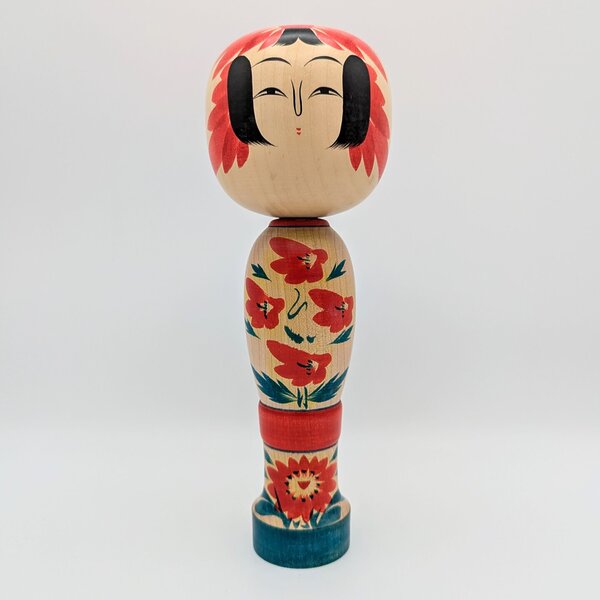
They are characterized by their large heads and rounded, sturdy bodies, some of which resemble women with slender waists
The body of the doll features designs of layered chrysanthemums, crumpled cherry blossoms, and safflowers, among other plants representative of Yamagata, and the head is also characterized by a red radial pattern called tegara, which
Zao Onsen, a hot spring with a history dating back 1900 years
Zao Onsen is one of Japan's oldest hot springs, said to have first been discovered 1,900 years ago, and began to become popular around the Edo period as the western trailhead to Zao Gongen
During the Taisho era, a road was opened connecting the hot springs with the villages at the foot of the mountain, and various facilities were built. In the Showa era, a ski resort also opened, and the mountain developed into a major tourist destination known as "Zao Onsen."
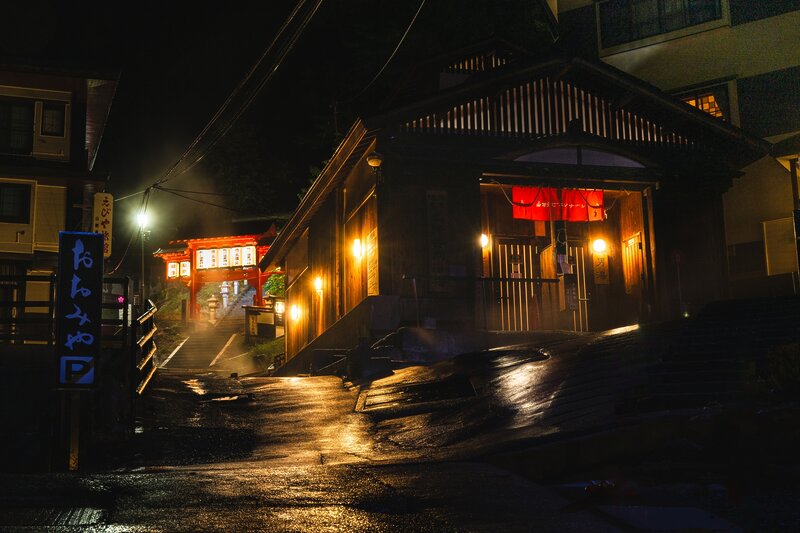
Zao's hot springs, which are said to have been discovered by Kibi no Takayu, who accompanied Emperor Yamato Takeru on his eastern expedition, are highly acidic sulfur springs that are known for their antibacterial and skin-strengthening properties, making them famous as "beauty-making hot springs."
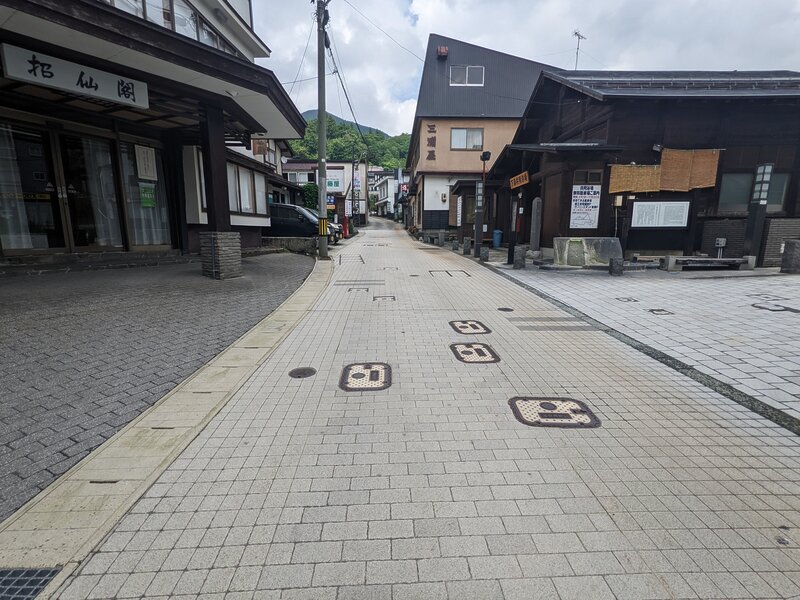
Kokeshi dolls began to be made in the Meiji period, when Abe Tsunematsu, a woodworker from Tsuchiyu mentioned above, moved to the area and was born
By the way, it is said that the "Zao Takayu" in the "Zao Takayu style Kokeshi" comes from the name of Kibi no Takayu, the discoverer of the stone
Even today, many hot spring facilities and shops line Takayu Street in Zao Onsen
Zao Onsen <Information>
- Name: Zao Onsen
- Address: Yamagata City, Yamagata Prefecture, 990-2301
- Phone number: 023-694-9328 (Zao Onsen Tourism Association)
- Official URL: Zao Onsen Tourism Association




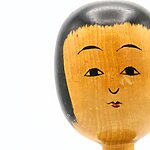


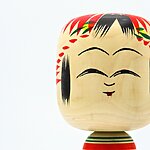
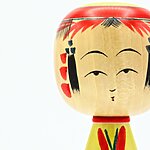
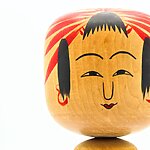

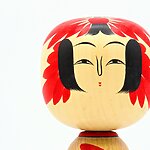

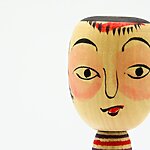
![Hibiori Kokeshi - Traditional Kokeshi developed at Hibiori Onsen, following the Naruko and Togata styles [Yamagata Prefecture] The expression on the elbow robbing](https://jp.neft.asia/wp-content/uploads/2024/12/IMG_1804-150x150.jpg)
![Togata Kokeshi - Traditional Kokeshi developed at Togata Onsen in Miyagi Zao [Miyagi Prefecture] Togata Kokeshi's expression](https://jp.neft.asia/wp-content/uploads/2024/09/IMG_1784-150x150.jpg)
![Naruko Kokeshi - Traditional Kokeshi developed at Naruko Onsen, the three famous hot springs in Oshu in Miyagi [Miyagi Prefecture] Naruko Kokeshi's expression](https://jp.neft.asia/wp-content/uploads/2024/10/IMG_1783-150x150.jpg)
![Kijiyama Kokeshi - Akita Traditional Kokeshi with a distinctive expression that gives you a sense of sorrow [Akita Prefecture] Kijiyama Kokeshi's expression](https://jp.neft.asia/wp-content/uploads/2025/01/IMG_1792-150x150.jpg)
![Yamagata Kokeshi - Traditional Kokeshi created by Kobayashi Kuraji, who trained in Sakunami Onsen in the Sendai Domain [Yamagata Prefecture] Yamagata Kokeshi's expression](https://jp.neft.asia/wp-content/uploads/2025/01/IMG_1807-150x150.jpg)
![Yajiro Kokeshi - Traditional Kokeshi developed around Kamasaki Onsen, the home of the Shiraishi Katakura family [Miyagi Prefecture] Yajiro Kokeshi's expression](https://jp.neft.asia/wp-content/uploads/2024/09/IMG_1801-150x150.jpg)
![Nakanosawa Kokeshi - Traditional Kokeshi that has evolved after breaking from the reputation of being a "part of the Doyu" [Fukushima Prefecture] Nakanosawa Kokeshi's expression](https://jp.neft.asia/wp-content/uploads/2024/10/IMG_1785-150x150.jpg)
![Doyu Kokeshi - Traditional kokeshi originating from "Doyu Onsen", which is said to be the birthplace of the three major kokeshi at Tohoku [Fukushima Prefecture] The expression of the Doyu Kokeshi](https://jp.neft.asia/wp-content/uploads/2024/10/IMG_1799-150x150.jpg)

